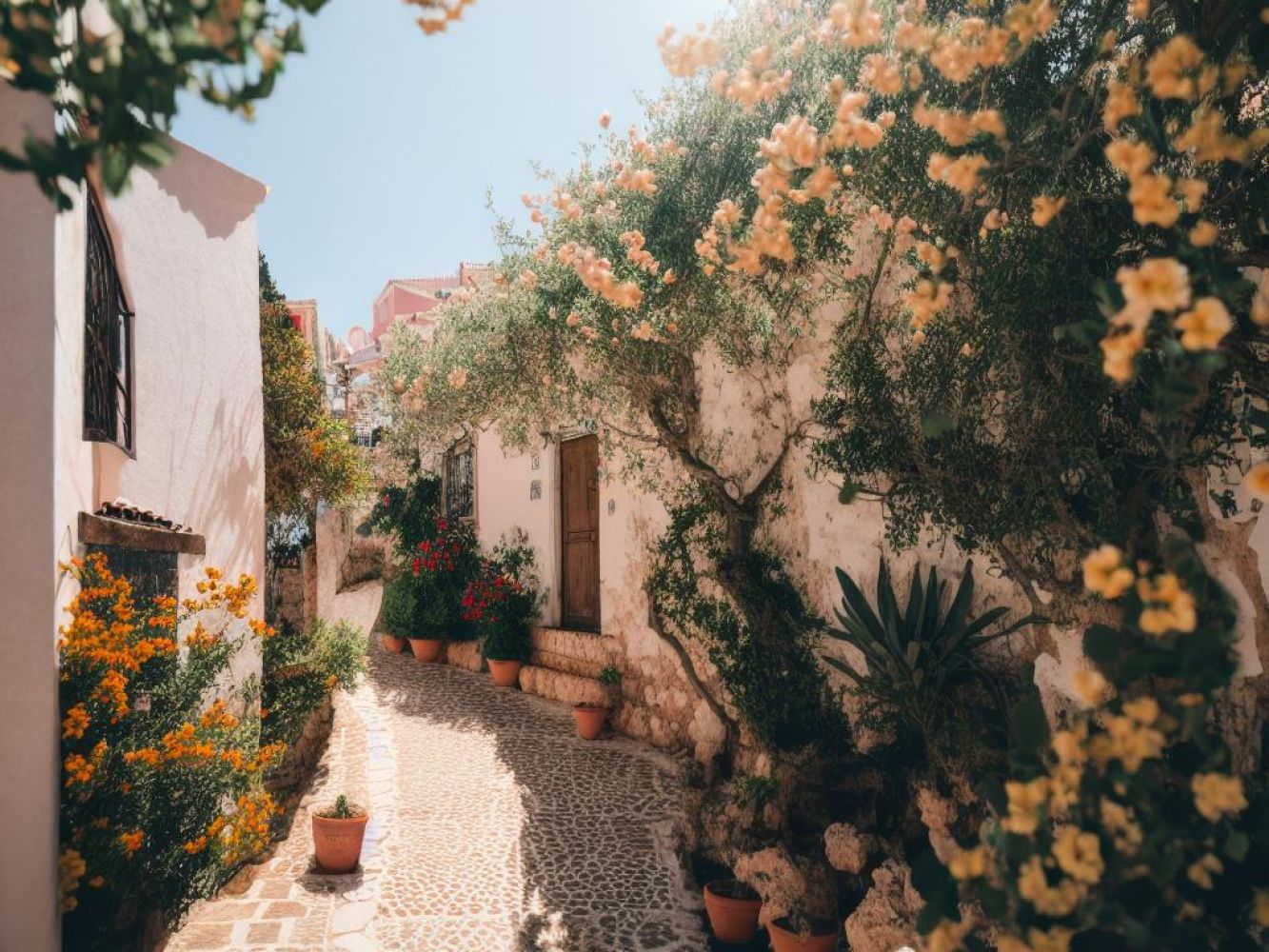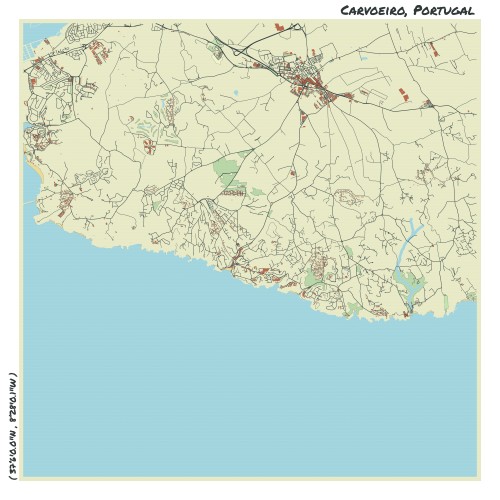Understand
Carvoeiro, a picturesque fishing village, has transformed into the main tourist area of this region over the last few decades. Nestled among towering cliffs, Carvoeiro is known for its stunning beaches, making it a haven for sunseekers and nature enthusiasts alike.
The village boasts a rich history with traces of Roman habitation and naval activities. Throughout the years, Carvoeiro has faced numerous pirate attacks and naval battles, including the notable 1544 battle between a squadron of ships led by D. Petro da Cunha and the Turkish corsair, Xarramet.
Historical sources suggest that the name "Carvoeiro" derives from "Caboiere," an ancient name for a hamlet of fishermen during the Islamic-medieval period. Fishing played a vital role in the local economy for centuries. However, with the expansion of the preserving industry in the 20th century, Carvoeiro experienced significant economic growth, providing jobs and wealth to the community.
In the 1960s, tourism began to flourish in the area, establishing itself as the primary economic pillar. Since then, Carvoeiro has witnessed the development of numerous hotels, apartment complexes, and shops, along with improved infrastructure, such as roads and transportation facilities.
Carvoeiro's appeal as a tourist destination lies in its breathtaking coastline, pristine waters, favorable climate, and renowned Golf Courses. Visitors can indulge in various water sports, enjoy the scenic views along the jagged cliffs, and immerse themselves in the area's architectural heritage, including an ancient fortress and the Shrine of Nossa Senhora da Conceição. Carvoeiro truly provides a tranquil and enchanting setting to unwind, appreciate nature's beauty, and explore historical landmarks.
Coordinates: 37.1N, 8.467W Patron Saint: Nossa Senhora da Encarnação (Our Lady of the Incarnation) (Source: Wikipedia)
Map & Climate
Popular Foods
 Bacalhau (Codfish)Bacalhau is a staple in Portuguese cuisine, primarily consisting of dried and salted codfish that is rehydrated and prepared in various ways. It's often cooked with potatoes, onions, and olives, as well as other regional ingredients. The dish can be found in numerous variations across the country, such as bacalhau a bras, where it is mixed with eggs and served with fried potato strings, or bacalhau com tomate e cebola, featuring a tomato and onion sauce.
Bacalhau (Codfish)Bacalhau is a staple in Portuguese cuisine, primarily consisting of dried and salted codfish that is rehydrated and prepared in various ways. It's often cooked with potatoes, onions, and olives, as well as other regional ingredients. The dish can be found in numerous variations across the country, such as bacalhau a bras, where it is mixed with eggs and served with fried potato strings, or bacalhau com tomate e cebola, featuring a tomato and onion sauce. CozidoCozido is a hearty stew made with various meats, including sausage, chorizo, and beef, along with vegetables like cabbage, carrots, and beans. This traditional dish is typically slow-cooked for hours, resulting in a rich and flavorful broth. Cozido is often enjoyed as a comforting meal during colder months, and is particularly popular in the north and center of Portugal.
CozidoCozido is a hearty stew made with various meats, including sausage, chorizo, and beef, along with vegetables like cabbage, carrots, and beans. This traditional dish is typically slow-cooked for hours, resulting in a rich and flavorful broth. Cozido is often enjoyed as a comforting meal during colder months, and is particularly popular in the north and center of Portugal. Pastel de NataPastel de nata, also known as custard tarts, are a beloved sweet treat in Portugal. These petite, golden-brown pastries feature a crisp outer layer of buttery pastry dough, enveloping a warm and smooth egg custard infused with hints of vanilla and cinnamon. They are traditionally served with a dusting of powdered sugar and are best enjoyed slightly warm or at room temperature. Pastel de nata can be found at any time of day, whether as a breakfast pastry, midday snack, or evening dessert.
Pastel de NataPastel de nata, also known as custard tarts, are a beloved sweet treat in Portugal. These petite, golden-brown pastries feature a crisp outer layer of buttery pastry dough, enveloping a warm and smooth egg custard infused with hints of vanilla and cinnamon. They are traditionally served with a dusting of powdered sugar and are best enjoyed slightly warm or at room temperature. Pastel de nata can be found at any time of day, whether as a breakfast pastry, midday snack, or evening dessert.




Comments
NO COMMENTS